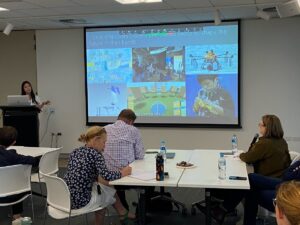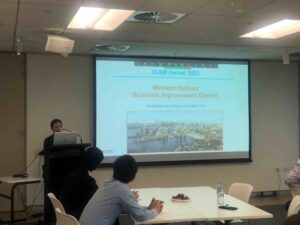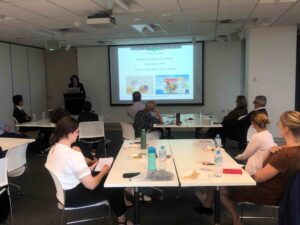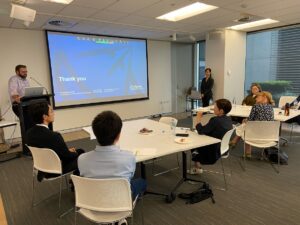Kaga Cuisine and Traditional Japanese Dining
Ishikawa’s Rich Culinary Culture
During the Edo period (1603~1867), the land currently known as Ishikawa prefecture was called Kaga domain, and was ruled by the Maeda clan, who devoted the use of much of their riches into promoting local production as well as cultural endeavors, resulting in the development of many traditional art crafts and culture. Kaga-style cuisine, one such product of their patronage, utilizes a wide variety of ingredients and the special traditional cooking techniques of master chefs. It is known for its minute attention to detail.
There are many historical ryoteis (luxurious traditional restaurants serving premium Japanese cuisine, often with entertainment provided by geisha) in Ishikawa prefecture which offer travelers a taste of this delicious local cuisine.
In order to better understand and enjoy Ishikawa’s traditional cuisine, we’ll be talking about the history of Kaga cuisine. 01-300x203.jpg)
Geographic Conditions Unique to Kaga Cuisine
Ishikawa prefecture is blessed with many natural assets; it is surrounded by mountain and sea, allowing for access to many fresh ingredients, and has the fertile Kaga plains, which produce a wealth of rice and vegetables. It is also located in the middle of central Japan, and thus is at the northernmost point where foods from the south can be produced, and vice versa. It is called a “treasure house of ingredients” for its wide range of ingredients available throughout the four seasons.
Kaga cuisine is also known for being very hearty. Ishikawa is located between the Kansai western and Kanto eastern regions, and under the rule of Toshiie Maeda, ancestor of the Maeda clan whose master was Hideyoshi Toyotomi (feudal lord and chief imperial minister who completed the 16th century unification of Japan), Kaga domain was influenced heavily by Kyoto’s culture, including its delicate cuisine. However, over the years it also came to be influenced by the richer, heartier samurai cuisine of Edo, the capital of the Shogunate, and the mixing of the two resulted in a new, unique style of cooking.
Furthermore, the ones supporting the development of techniques and the high-quality cooking unique to Kaga cuisine are its chefs. One could say that their ability to use fresh and bountiful ingredients to their fullest potential is an important aspect of Kaga cuisine. The Maeda clan were ardent practitioners of tea ceremonies for many generations, and when they held a tea ceremony for guests, they would prepare the usual tea-making utensils, bowls, and flower arrangements, as well as kaiseki cooking—light course meals served before a tea ceremony. As such, they hired many chefs to serve their guests, thus preserving and developing the techniques of Kaga cuisine for generations to come.
Traditional Ryoteis Preserving Culture
Along with the food itself, the atmosphere of the ryoteis is something you must experience. The elegant dishes, the calming style of the Japanese-style room, and the elegantly arranged furniture all combine to create a unique restaurant experience that is part of the Kaga cuisine culture. Below we discuss the elements that make these restaurants so special.
The buildings themselves are a part of the overall aesthetic. The vermillion walls, said to be the ideal backdrop for the elegant movements of a geisha, are still preserved to this day, and some ryoteis even have ultramarine walls, unique to Kanazawa, that are said to have been a favorite of the samurai.
In these traditional ryoteis, the dishes and utensils are of course products of local traditional crafts, such as Kutaniyaki porcelains, Wajima lacquerware, Kanazawa lacquerware, and Yamanaka lacquerware. At ryoteis with a long history, many now-valuable pieces, gathered and preserved over many generations, are still used to serve food. Being able to touch such first-class items as this is one of the appeals of such traditional restaurants.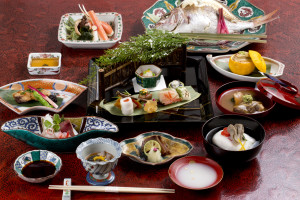
For information about Ishikawa, please visit the official Ishikawa travel guide website (English) and Facebook Discover Ishikawa.
https://www.hot-ishikawa.jp/english/index.html
https://www.facebook.com/Discover-Ishikawa-Japan-1707686196110375/

